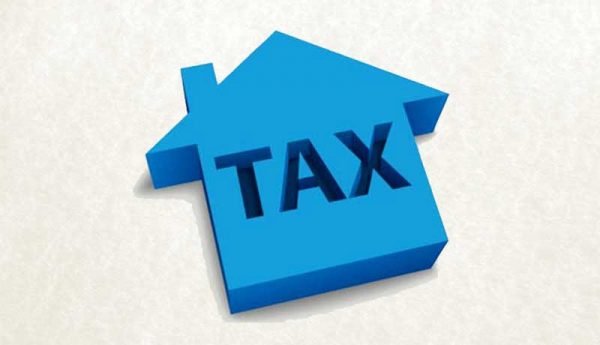Any individual making a payment has to deduct Tax Deducted at Source or TDS. This is nothing but the collection of revenue at income’s source. The slabs are determined by the government and the tax is deducted from payments to specific recipients at appropriate rates. Sometimes an excess of TDS may get deducted due to miscalculations. What would you do in such an instance? Read on to find out.
Claim a TDS Refund – Procedure
The Income Tax Department has an official portal where taxpayers can pay their taxes and claim for returns and refunds. Here is the process to claim TDS refund in case of excess deduction or payment:
- There are no specific forms for TDS refund application. While filing the income tax returns, the taxpayer should furnish the income tax computation stating the tax payable and TDS deducted. Once these details are submitted in the portal, the refundable TDS is displayed. which can be claimed by the taxpayer.
- It can take a couple for months for the TDS to be refunded, after it is sanctioned by the Income Tax officer. An interest rate of 6% per annum is paid along with the refund. This rate of interest is applicable only in cases where the refund to be paid is more than 10% of the total tax payable for the fiscal year. The taxpayer will also receive an intimation, under Section 143 (1), regarding the interest computation.
- In case the taxpayer does not find the computation satisfactory, he can get in touch with the income tax officer or apply for a detailed report online. The excess tds deducted will be credited to the taxpayer’s bank account, the details of which should be mentioned while filing the income tax returns.
Checking the Refund Status:
Once the TDS return is processed, the status of the same can be checked on the portal. Details such as the date of refund acceptance and processing details will be furnished in the taxpayer’s account on the portal. The taxpayer should submit the PAN card number and the year for which the refund is sought. In case the Income Tax Department does not comply with the refund applied, an intimation of clarification will be sent to the taxpayer.
Some Important Points to Remember:
- It is essential to file IT returns as soon as the taxes are paid, in order to get the refund. The sooner the returns and Income Tax Return – Verification (ITR-V) are filed, the faster the refund process takes place.
- Form 16 and Form 16A show the tax deducted at source, while Form 26AS reflects the consolidated TDS.
- The taxpayer can file Form 13, in case he feels that excess TDS is deducted for the specific fiscal year.
This was a brief about how to claim a refund in case the tax deducted at source is paid or deducted in excess. It is necessary to have awareness regarding the different deductions and timely claims to be made, in order to avoid any hassles while file income tax returns.

